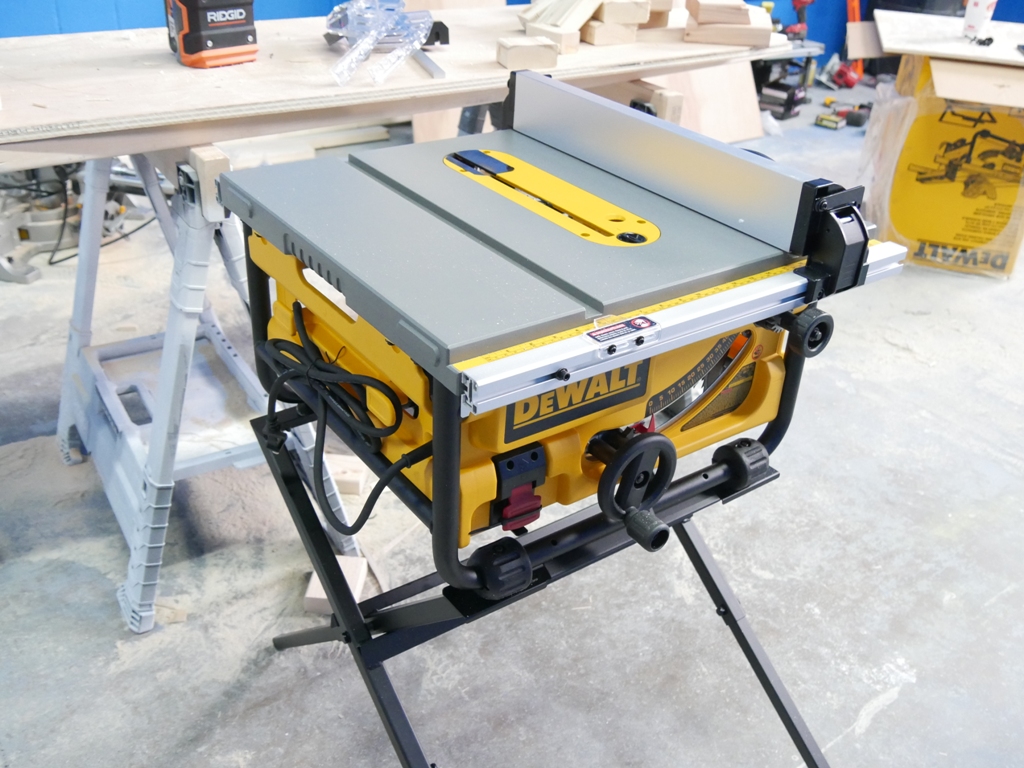What Is a Table Saw?
A table saw is a power saw mounted under a flat work surface, with a circular blade that protrudes through the top. It’s designed for long, straight, accurate cuts, especially ripping wood along the grain. Whether you’re cutting plywood, framing lumber, or hardwood boards, a table saw delivers clean, repeatable results that are hard to match with anything else.
There are different types, including portable jobsite models, compact benchtop models, and larger cabinet saws used in workshops. All of them follow the same basic idea, bring the material to the blade, not the other way around.
History of the Table Saw
The table saw traces back to the early 1800s, when it was used in sawmills to speed up lumber processing. The first portable versions started showing up in the 1920s and 1930s, with Delta being one of the first to produce widely available models for small shops and home use. Over time, manufacturers like Bosch and DeWALT brought innovation to the category, adding safety features, portability, and jobsite durability.
What It’s Used For
A table saw is all about ripping and accuracy. It's most often used for:
It’s the centerpiece of most woodworking shops for a reason, it’s fast, powerful, and consistent.
What to Look for When Buying
Not all table saws are built the same. Here’s what to keep an eye on:
Pros and Cons
Pros
Cons
Blade and Accessory Compatibility
Most table saws use 10-inch blades with a standard arbor size. You’ll find blades for:
You’ll also want a good push stick, featherboards, throat inserts, and possibly a crosscut sled for added accuracy and safety.
Safety and Maintenance Tips
Who This Is For
FAQ
Yes, it’s one of the best tools for the job. Use a fine-tooth blade to avoid tear-out and support both sides of the sheet when cutting.
Contractor saws are semi-portable with open stands. Cabinet saws are heavy, fully enclosed, and built for high power and workshop use.
Yes, the blade tilts (usually up to 45 degrees) for bevel cuts, and you can use a miter gauge or sled for crosscutting angles.
Final Thoughts
If you need precision and power, it’s hard to beat a table saw. It can rip boards, break down sheet goods, and make repeatable cuts that save time and material. The key is choosing the right one for your space and the kind of work you do, whether that's occasional home projects or daily shop use. Look for a solid fence, stable construction, and safety features that make sense for how you work. A good setup will serve you for years and quickly become the center of your workflow.

